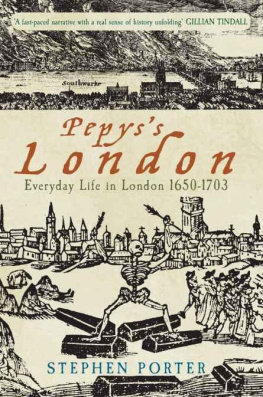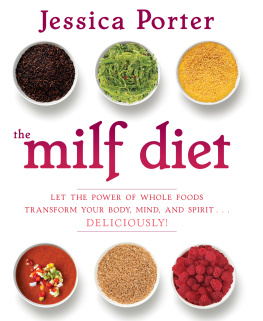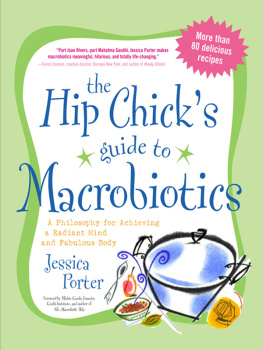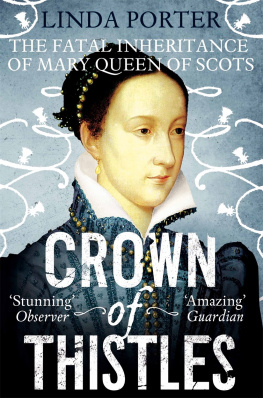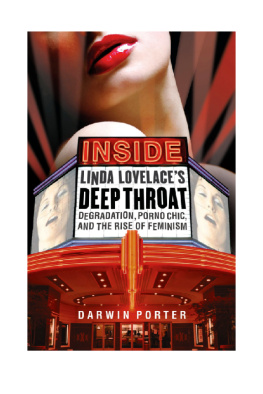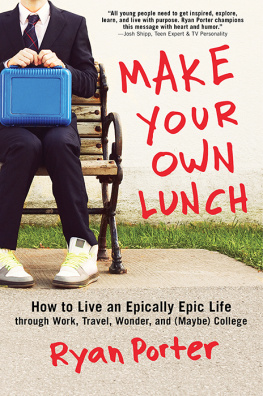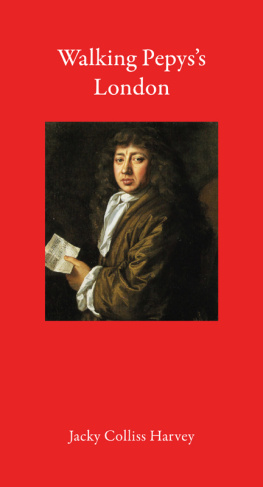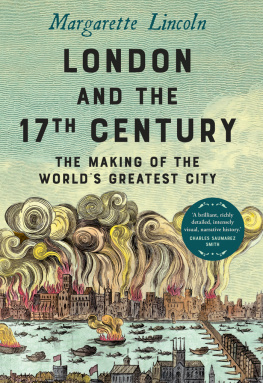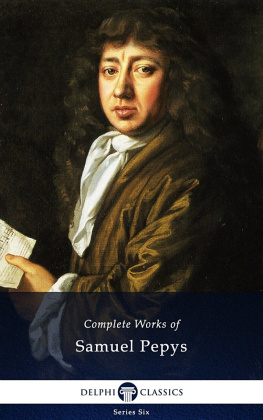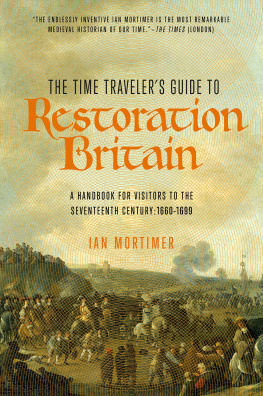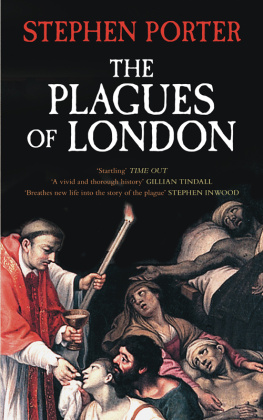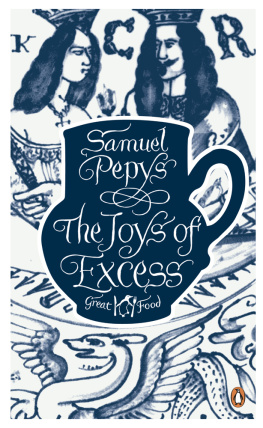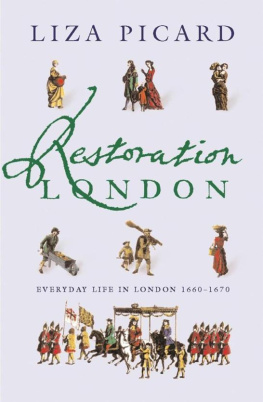Pepyss London
Pepyss London
Everyday Life in London 16501703
STEPHEN PORTER
AMBERLEY
This edition first published in Great Britain 2012
Copyright Stephen Porter 2011, 2012
This electronic edition published 2012 by Amberley Publishing
Amberley Publishing
The Hill, Stroud
Gloucestershire, GL5 4EP
www.amberleybooks.com
The right of Stephen Porter, to be identified as the Author of this work has been asserted in accordance with the Copyrights, Designs and Patents Act 1988.
All rights reserved. No part of this book may be reprinted or reproduced or utilised in any form or by any electronic, mechanical or other means, now known or hereafter invented, including photocopying and recording, or in any information storage or retrieval system, without the permission in writing from the Publishers.
eISBN 978-1-4456-0930-0
Visit www.amberleybooks.com to find out more about our books, authors and special offers.
Contents
1
Imperial Chamber & Chief Emporium
Samuel Pepys was a Londoner. Born in the city in 1633, he died at Clapham seventy years later, having lived most of his life in the great metropolis. The London which he knew was a big, busy and growing city that had emerged from civil war and political upheaval. Its expanding overseas trade and range of industries underpinned a prosperous economy that attracted a ceaseless flow of incomers. The metropolis held a pre-eminent position within England, as by far and away the largest city, the focus for national politics, the law, aristocratic society, scientific enquiry and culture, and as both consumer and distributor of a wide range of goods and luxuries. And it provided a large and ever-increasing market for food, drink and fuel. The bustling activity in the citys streets, the many shops and the number of vessels on the Thames, which so impressed visitors from abroad, provided visible manifestations of its vibrant economy and lively society. As the national capital it played a significant political role, with its citizens being not only keen observers but also occasional participants in the intermittent crises that punctuated the period.
The civil wars of the 1640s culminated in the execution of Charles I in January 1649. This was followed by the abolition of the monarchy and establishment of a republic, designated the Commonwealth, and the church underwent fundamental changes to its organisation and liturgy. London was at the centre of those events, and had given its support and considerable financial resources to the parliamentarian cause. When the political wheel was spun again, the monarchy and church were restored, and Charles II paraded through the citys streets to the acclamations of its populace. Within a few years of the Restoration, London endured both the greatest plague epidemic in its history and the most destructive fire hitherto experienced by any European city, while naval wars against the Dutch and French hindered its trade. The kings peaceful foreign policy after the mid-1670s ameliorated the commercial problems, but his failure to produce an heir, with his Roman Catholic brother James, Duke of York, set to succeed him, generated more political turmoil. Whig and Tory partisans clashed in Londons streets, which provided the setting for political demonstrations, as first one side and then the other seemed to be in the ascendant.
Charles II re-asserted his authority and after his death in 1685 James duly came to the throne, without disturbances. But he soon lost the support of many senior politicians and churchmen; his son-in-law William of Orange his daughter Marys husband landed in the West Country with a Dutch army and six weeks later London was occupied by his troops. James fled and William and Mary took the throne jointly. Williams wars against the French in the 1690s required government expenditure on an unprecedented scale. Londons financiers responded with innovations that included the beginnings of the national debt and the establishment, in 1694, of the Bank of England. The change of monarch and political settlement in 16889 came to be described as the Glorious Revolution, the new methods of public credit adopted to meet the governments growing requirements as a financial revolution, and the expansion and structural changes of overseas trade from the mid-century as a commercial revolution. As the capital and a great trading city, London played an integral role in those far-reaching developments.
Samuel Pepys witnessed those changes. He was born in February 1633 in a house in Salisbury Court, off the south side of Fleet Street. His father, John Pepys, had come to London from Cambridgeshire when he was about fourteen and had been apprenticed to a tailor in St Brides parish, perhaps in the house where Samuel was born. John married Margaret Kite in 1626; Samuel was the fifth of their eleven children, only four of whom survived childhood. He lived with his parents until he was about eleven, when he went to the grammar school at Huntingdon, where he studied for perhaps two years before returning to London and attending St Pauls School. Samuel was among the crowd outside the Banqueting House of Whitehall Palace to see the execution of the king; after the Restoration he was concerned in case his old school friends remembered his republican views. In 1652 he went to Magdalene College, Cambridge, with an exhibition. After he graduated in 1654 he took a post with a distant relative, Edward Mountagu, created Earl of Sandwich in 1660, who proved to be a first-rate patron. Samuel was well enough established to marry, in December 1655, the fifteen-year-old Elizabeth St Michel. Most of the remainder of his life was spent in London. Until the end of James IIs reign he held senior posts responsible for the Navys administration, and he had many interests, including music and science; he was elected president of the Royal Society in 1684. Elizabeth died in 1669 and he remained a widower for thirty-four years, until his death in May 1703. Pepys had known, indeed had experienced, Londons life and the dramatic events which punctuated the second half of the turbulent seventeenth century.
Pepyss London impressed visitors who arrived there around the middle of the century, with its size, its setting on the Thames and its role as the capital of a prosperous country. Lodewijck Huygens was among the entourage of the Dutch ambassadors who disembarked at Tower Wharf in December 1651. They then travelled to Westminster, crossing almost the entire length of the city, which is an immense distance.
The royalist writer James Howell, in his Londinopolis, written in the mid-1650s, thought that, Touching the form and shape of London, it may be aptly compared to a Lawrel leaf, which is far more long than broad. John Evelyn described the Citys position as being upon a sweet and most agreeable Eminency of Ground, at the North-side of a goodly and well-conditioned River.
On the south side of the Thames was the substantial suburb of Southwark, larger than many provincial cities. It was connected to the City by London Bridge the only crossing between Kingston and the sea which prevented sea-going vessels from sailing further upstream. To the west a ribbon of development linked the City to Westminster, which contained the principal palace and the meeting place of parliament, the courts of law and the administrative apparatus of government. There, too, stood the great abbey, which hath bin alwayes held the greatest Sanctuary, and randevouze of devotion of the whole Iland. Westminster could also claim the social distinction of having, in Howells phrase, most of the Nobility and Gentry residing in, or about her Precincts.
Around the city, on both sides of the Thames, were large and growing suburbs. Less salubrious than the City and Westminster, their inhabitants were poorer and, it was feared, less orderly. They were mostly beyond the control of the corporation, which administered the City. Howell admitted that the Suburbs of London are larger than the Body of the City, which make some compare her to a Jesuites Hat, whose brims are far larger than the Block. He repeated an anecdote which described the Spanish ambassador, the Count Gondomar, telling the queen, on his return to Spain in 1622, that I believe there will be no City left shortly, for all will run out at the Gates to the Suburbs.

